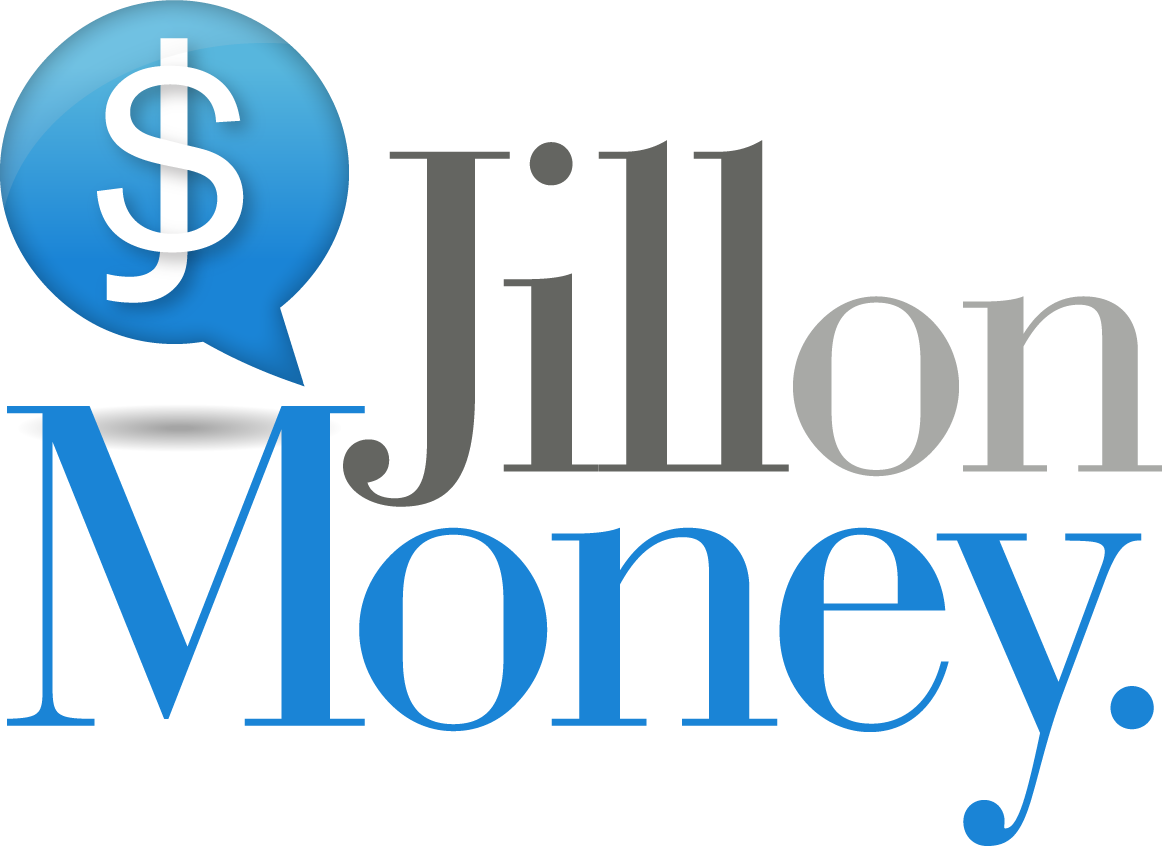The Fed likes to act in December…and this December will be no different. When the central bankers convene their two-day policy meeting this week, they are widely expected to increase short-term interest rates by a quarter of a percent to a new range of 1.25 to 1.5 percent. It would be the third increase of the year, the fourth in the past year and the fifth of the rate increase cycle.
Read MorePresident Trump and Congressional Republicans are about to unveil two, potentially market-moving measures: a tax overhaul plan and a new Federal Reserve Chair. As if those were not enough, those events will occur amid a Federal Reserve Open Market Committee meeting, a monthly jobs report and stock markets soaring to new highs.
Read MoreHurricanes Irma and Harvey blew across the labor market, as employers shed 33,000 jobs in September. Yes, it was the first negative reading on payrolls in seven years, but until we have the subsequent few months’ reports, it’s hard to read too much into the results. (As a note, Puerto Rico is NOT included in the BLS report.) The Labor Department said that the storms likely contributed to “a sharp employment decline in food services and drinking places (-105K) and below-trend growth in some other industries.”
Read MoreIf during a two week summer vacation, you heard that there was an escalation of tensions between the US and Korea; two international terrorist attacks; a US domestic terrorist attack; a looming debt ceiling crisis; and political upheaval in the White House, you might think that US stock markets would be in free-fall. You would be mistaken. Although markets were down over the most recent fortnight, the damage was fairly limited—about two percent overall. Even with the recent declines, the S&P 500 remains 8.3 percent higher on the year and just 2.2 percent below its record high, while the NASDAQ is up 15.5 percent in 2017. Given these numbers, its not surprising that the most frequently asked question that I have fielded over the past month has been, “I can’t believe that market is doping so well, considering (fill in the blank)…SHOULD I SELL MY STOCKS?”
Read MoreIf you’ve been thinking that stock markets have been pretty quiet this year, you are right. Through the first seven months of the year, none of three major stock market indexes has fallen by more than 5 percent. And one gauge of market movement, the CBOE Volatility Index (VIX), which measures investors’ expectation of the ups and downs of the S&P 500 Index over the next month, recently dropped to its lowest level in 24 years. Low readings have tended to be equated with low anxiety and high stock prices. Amid this environment, you might be wondering what could go wrong? There are a number of risks to the US and global markets that persist. Their existence does not mean that long-term investors should change their game plans, but they are a reminder to guard against complacency and to always approach investing with caution.
Read MoreDuring her Congressional testimony, Fed Chair Janet Yellen painted a fairly bright picture of the US economy, stressing a rebound in consumer spending, which should allow the central bank to gradually raise short-term interest rates over the next few years. Investors were heartened to hear that message and drove stocks higher, with the Dow closing at a new all-time high after Yellen’s first day of testimony. What could undo this rosy picture? There are a number of risks to the US and global markets that persist, though three rise to the top of the list. Their existence does not mean that long-term investors should change their game plans, but they are a reminder to guard against complacency and to always approach investing with caution.
Read MoreThe better than expected June jobs report and Federal Reserve Chair Janet Yellen’s upcoming Congressional testimony is a good opportunity to review where the U.S. economy stands at the mid point of 2017. Economic Growth: The broadest measure of economic growth is Gross Domestic Product (GDP). Over the past fifty years or so, the economy has grown by 3 percent annually. In the past decade, that rate has dropped to about 2 percent, with 2015 being the best year (+2.6 percent) and 2009 the worst year (-2.8 percent).
Read MoreAmerican consumers will soon have an easier time: they will shop at either Amazon or Wal-Mart. That’s overstating the situation, but after Amazon announced that it was buying Whole Foods for $13.7 billion and Wal-Mart (which last year bought fledging Amazon competitor Jet.com for $3.3 billion), said it had purchased online men’s retailer Bonobos for $310 million, the retail landscape shifted once again. Both transactions signify that to succeed, companies will need robust digital as well as a brick and mortar beachheads. Whenever big deals are announced, it can make you feel like there are going to be three or four companies left in each sector. In the past, there have always been cycles of expansion and consolidation and just as big conglomerates were created, they could also be pared down.
Read MoreWhile most Americans were glued to former FBI Director James Comey’s testimonybefore Congress last week, two financial regulatory measures dropped below the radar. House lawmakers passed a bill that would gut the Dodd-Frank financial reform legislation of 2010. If passed under its current form, the Financial Choice Act would give the president the power to fire the heads of the Consumer Financial Protection Bureau and the Federal Housing Finance Agency, which oversees Fannie Mae and Freddie Mac, at any time for any -- or no -- reason. It would also give Congress power over the CFPB's budget, which means that lawmakers could defund the agency entirely. That’s a shame, because in the near six years since the CFPB was established, it has provided over $12 billion in relief for millions of consumers.
Read More








